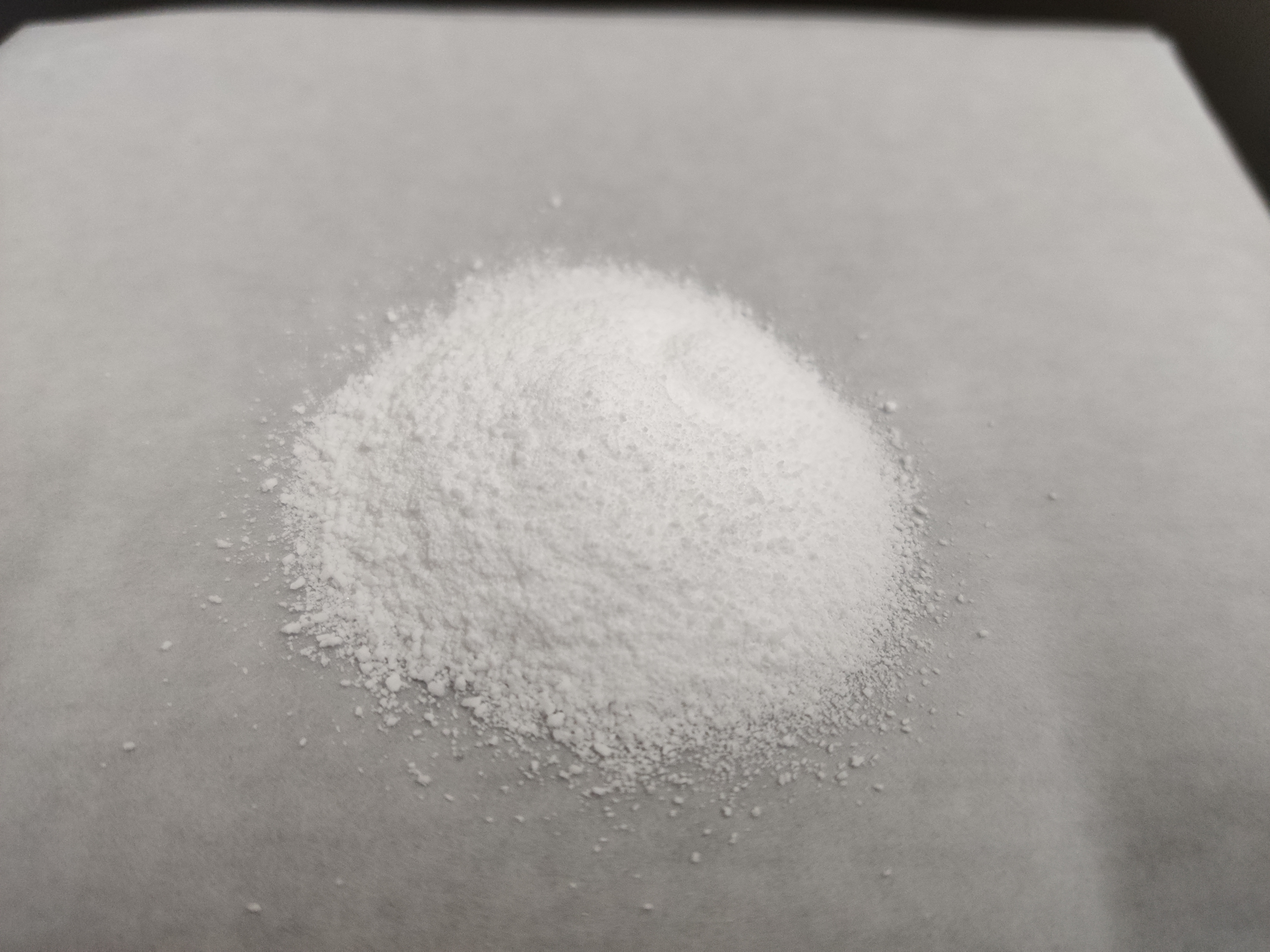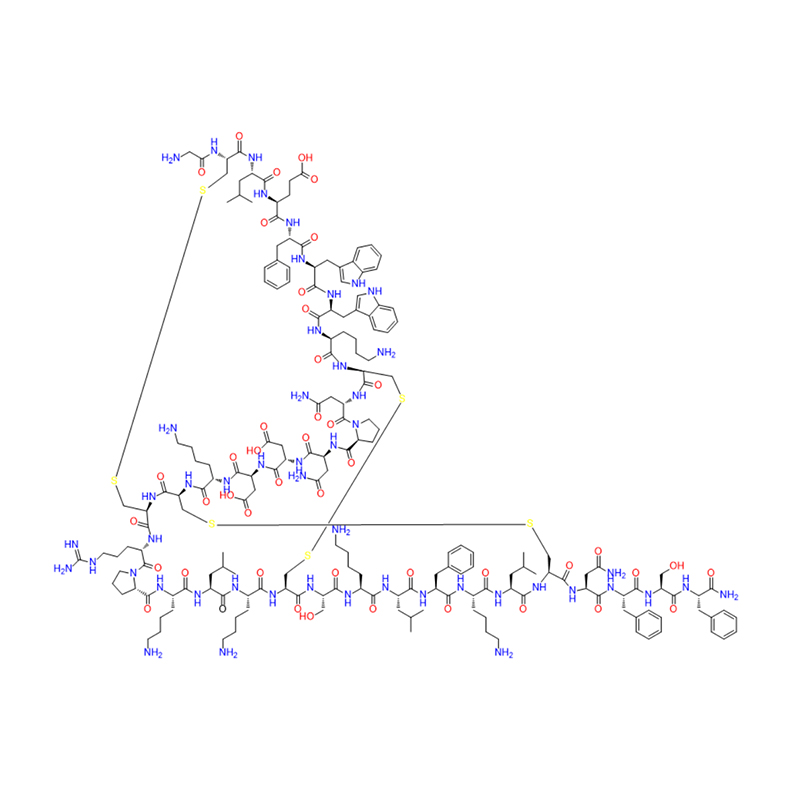GsMTx4 is a 35-amino acid peptide with four disulfide bonds that form a cysteine knot motif, which is a common structural feature of many spider venom peptides that confer stability and specificity. The mechanism of action of GsMTx4 is not fully elucidated, but it is believed that it binds to the extracellular or transmembrane domains of cationic MSCs and blocks their pore opening or gating by altering their conformation or membrane tension. GsMTx4 has been shown to inhibit several cationic MSCs with different selectivity and potency. For example, GsMTx4 inhibits TRPC1 with an IC50 of 0.5 μM, TRPC6 with an IC50 of 0.2 μM, Piezo1 with an IC50 of 0.8 μM, Piezo2 with an IC50 of 0.3 μM, but has no effect on TRPV1 or TRPV4 at concentrations up to 10 μM. (Bae C et al 2011, Biochemistry)



GsMTx4 has been used as a pharmacological tool to study the function and regulation of cationic MSCs in various cell types and tissues. Some of the examples are:
GsMTx4 can block the MSCs that are activated by stretching in astrocytes, cardiac cells, smooth muscle cells and skeletal muscle cells. Astrocytes are star-shaped cells that support the brain and spinal cord. Cardiac cells are the cells that make up the heart muscle. Smooth muscle cells are the cells that control the movement of organs like the stomach and blood vessels. Skeletal muscle cells are the cells that enable voluntary movement of the body. By blocking the MSCs in these cells, GsMTx4 can change their electrical properties, calcium levels, contraction and relaxation, and gene expression. These changes can affect how these cells function normally or in disease conditions (Suchyna et al., Nature 2004; Bae et al., Biochemistry 2011; Ranade et al., Neuron 2015; Xiao et al., Nature Chemical Biology 2011)
GsMTx4 can also block a special type of MSC called TACAN, which is involved in the pain response. TACAN is a channel that is expressed in nerve cells that sense pain. TACAN is activated by mechanical stimuli, such as pressure or pinching, and causes pain sensations. GsMTx4 can reduce the activity of TACAN and decrease pain behavior in animal models of mechanical pain (Wetzel et al., Nature Neuroscience 2007; Eijkelkamp et al., Nature Communications 2013)
GsMTx4 can protect astrocytes from toxicity induced by a molecule called lysophosphatidylcholine (LPC), which is a lipid mediator that causes damage to the brain and spinal cord. LPC can activate MSCs in astrocytes and cause them to take up too much calcium, which leads to oxidative stress and cell death. GsMTx4 can prevent LPC from activating MSCs in astrocytes and protect them from toxicity. GsMTx4 can also reduce brain damage and improve neurological function in mice that have been injected with LPC (Gottlieb et al., Journal of Biological Chemistry 2008; Zhang et al., Journal of Neurochemistry 2019)
GsMTx4 can modulate neural stem cell differentiation by blocking a specific type of MSC called Piezo1, which is expressed in neural stem cells. Neural stem cells are cells that can make new neurons or other types of brain cells. Piezo1 is a channel that is activated by mechanical cues from the environment, such as stiffness or pressure, and influences how neural stem cells decide what type of cell to become. GsMTx4 can interfere with Piezo1 activity and change neural stem cell differentiation from neurons to astrocytes (Pathak et al., Journal of Cell Science 2014; Lou et al., Cell Reports 2016)
We are a polypeptide manufacturer in China, with several years of mature experience in polypeptide production. Hangzhou Taijia Biotech Co., Ltd. is a professional polypeptide raw material manufacturer, which can provide tens of thousands of polypeptide raw materials and can also be customized according to needs. The quality of polypeptide products is excellent, and the purity can reach 98%, which has been recognized by users all over the world.Welcome to consult us.






